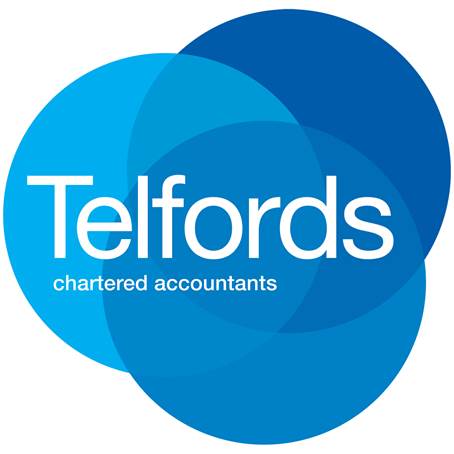Is your business short of cash?
Do you find that you’re constantly struggling to pay bills on time, pay your team’s wages and pay yourself? We’ve identified seven key causes of poor cashflow. Improving one of several of these processes in your business can have a massive impact on your cash position, and mean you don’t wake up in the night worrying about how you’ve going to manage!
Accounts receivable process
A poor accounts receivable process will result in debtor days (the time between billing and banking) being too high. This will stifle your cashflow. There are many strategies to minimise debtor days including tightening your Terms of Trade, offering prompt payment discounts and streamlining your billing process.
Accounts payable process
A review of all suppliers’ terms may identify ways to improve cashflow and potentially achieve better Terms of Trade. Implementing budgets, streamlining your payments process to maximise prompt payment discounts and avoid late payment penalties is just the start.
Inventory process
Carrying stock for too long means full shelves but an empty bank account. This is no different if you’re a service provider with work in progress that is yet to be billed. Reviewing your stock ordering systems and stock control processes (to name a few) will identify strategies to ensure cash hits the bank sooner.
Inappropriate debt / capital structure
Often significant cashflow and interest charge improvements can be achieved with a regular review of existing debt. Maybe your debt / capital structure could be improved, or perhaps your debt should be consolidated and paid off over a longer term. Perhaps you need to review and adjust what you’re drawing from the business, or maybe the business needs a capital injection to fund its growth.
Overheads too high
Every business should do a thorough review of its overheads each year. Reviewing the effectiveness of your marketing spend, going paperless, putting expense budgets in place and changing your technology platform are some simple ways to reduce overheads.
Gross profit margins too low
Our gross profit margin is what is left from sales value after variable costs are deducted. There are many strategies that you can implement to increase your margin, such as focusing on rework and wastage, reducing stock shrinkage and improving team productivity, just to name a few.
Sales levels too low
If the current sales levels don’t support overheads and other cash demands on the business, then the business is not currently viable. In high growth mode, a financing plan will be necessary. If not, we need to consider how we will grow sales. To grow sales we need to focus on customer retention, generating leads, improving sales conversion, customer transaction frequency and pricing strategies.
We have developed a Cashflow Management service that has been designed to treat the underlying causes of poor cashflow. As part of this service we work with you to conduct a thorough review of the above key causes, set goals for improvement, and implement simple strategies to maximise cashflow.
If you would like to find out more about how to improve your cashflow, please get in touch.
